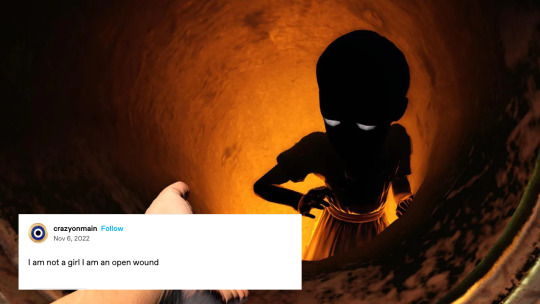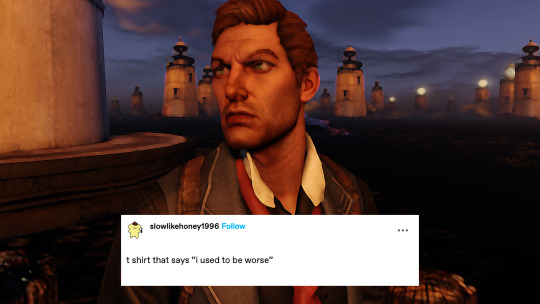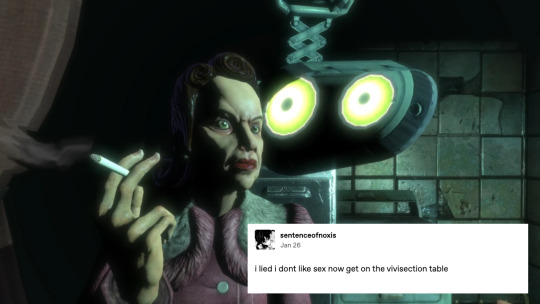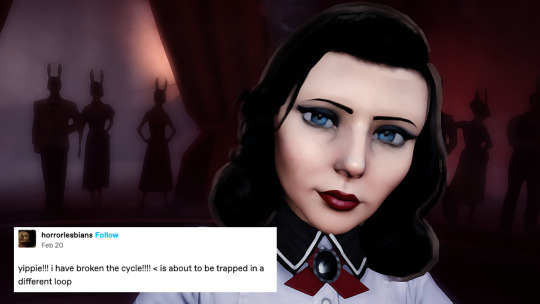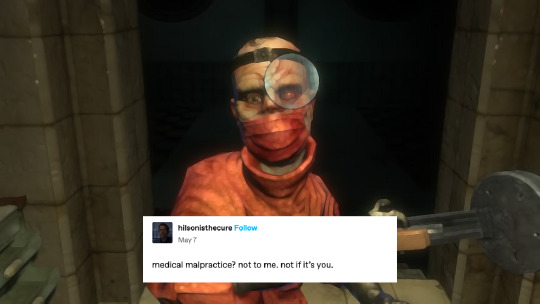Text

Ingrid Bergman near Danholmen Island, Sweden c. 1958
210 notes
·
View notes
Text

Three people met once...
14 notes
·
View notes
Text

MEET THE DILLONS
Thomas A. Dillon and Margaret Dillon family, circa 1903, by photographer William Bullard. Credit: Frank Morrill, Clark University and the Worcester Art Museum.
Black History Album “The Way We Were” Find us on Tumblr | Pinterest | Facebook | Twitter
343 notes
·
View notes
Photo

SEPIA BEAUTY [Black Photo Booth Series] Studio Portrait Unknown American maker 1940s-50s Image courtesy The Metropolitan Museum of Art From the exhibition “African American Portraits: Photographs from the 1940s and 1950s" at the Metropolitan Museum of Art, New York City [Link]
381 notes
·
View notes
Photo

DYNASTY [Black Photo Booth Series] Studio Portrait Unknown American maker 1940s-50s Image courtesy The Metropolitan Museum of Art From the exhibition “African American Portraits: Photographs from the 1940s and 1950s" at the Metropolitan Museum of Art, New York City [Link]
333 notes
·
View notes
Photo

VINTAGE CUTIE | BLACK VICTORIANA Black History Album, The Way We Were [Website | Tumblr | Pinterest | Facebook | Twitter ]
2K notes
·
View notes
Text

Postcard from Club Savannah
124 notes
·
View notes
Text

Black Americans Dancing at Labor Temple Hall, Bon Temps Carnival Ball, New Orleans, Louisiana, 1953.
Ralston Crawford Collection, Hogan Jazz Archive, Tulane University Special Collections.
341 notes
·
View notes
Text

Bessie Downing, 1900s. Mary Everhard Collection
1K notes
·
View notes
Text

Norma Miller, (December 2, 1919 – May 5, 2019) was an American Lindy hop dancer, choreographer, actress, author, and comedian known as the "Queen of Swing".
3K notes
·
View notes
Text


Alice Davis from the Mary Everhard Collection at the Amon Carter Museum of American Art. The first picture is labeled “circa 1895“ on the museum website but based on the silhouette of the gown, I would estimate the year 1905 to 1908
6K notes
·
View notes
Text




In 2017, American film researchers recovered “Something Good – Negro Kiss,” a short film depicting a playful kiss between a Black couple which had not seen the light of day for more than a century. A long-forgotten artifact from the earliest years of American film, the sweet, humanizing vignette, produced by the Selig Polyscope Company, makes a startling contrast to the overwhelmingly racist and blackface-ridden contempory portrayals of African Americans. Four years later in 2021, archivists in Norway, halfway across the world, identified a sister short in their collections—an extended alternate cut which reveals more of Chicago stage performers Gertie Brown and Saint Suttle’s vaudeville-like routine, a theatrical, hot-and-cold romantic dynamic between two lovers which parodies the popular and controversial short “The Kiss” (1896). Both films, which had previously been lost, were known from entries in old motion picture catalogs but had been assumed to be era-typical, anti-Black “race films” until their rediscovery in the 21st century. Together with its more famous sibling, which has since been inducted into the Library of Congress’ National Film Registry, this alternate version of “Something Good” represents the first-known instance of Black intimacy ever captured on-screen.
SOMETHING GOOD [Alternate Version] (1898) Directed by William Selig
19K notes
·
View notes
Text



Make yourself ready, pilgrim.
Ascension in the count of 5, count of 4,
3…, 2…, 1
Hallelujah
#abroad#i always liked this part because it felt like a really nice inverse of the intro to rapture. i also liked the voice over saying hallelujah.
11 notes
·
View notes
Text
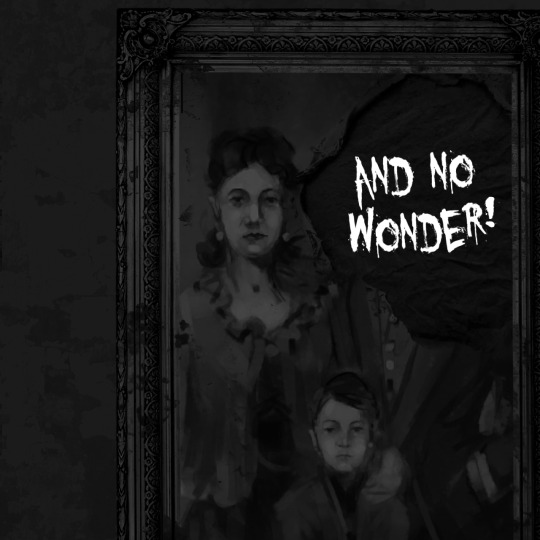
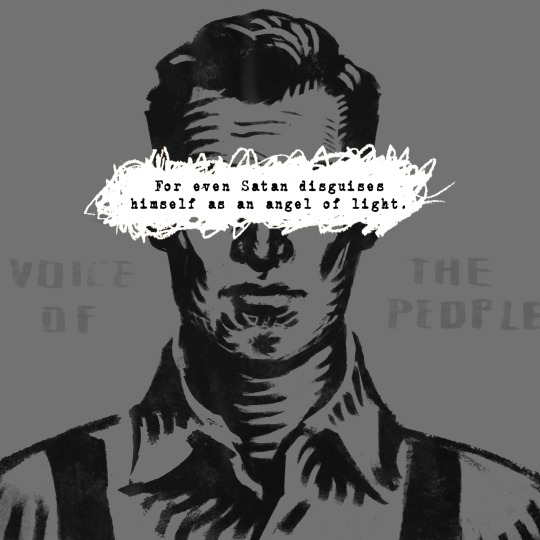
2 Corinthians 11:13-15 For such people are false apostles, deceitful workers, masquerading as apostles of Christ. And no wonder! For even Satan disguises himself as an angel of light. It is not surprising, then, if his servants also masquerade as servants of righteousness.
281 notes
·
View notes
Text

Lloyd Yearwood, Photograph of a drag club in Harlem, 1960s
10K notes
·
View notes


